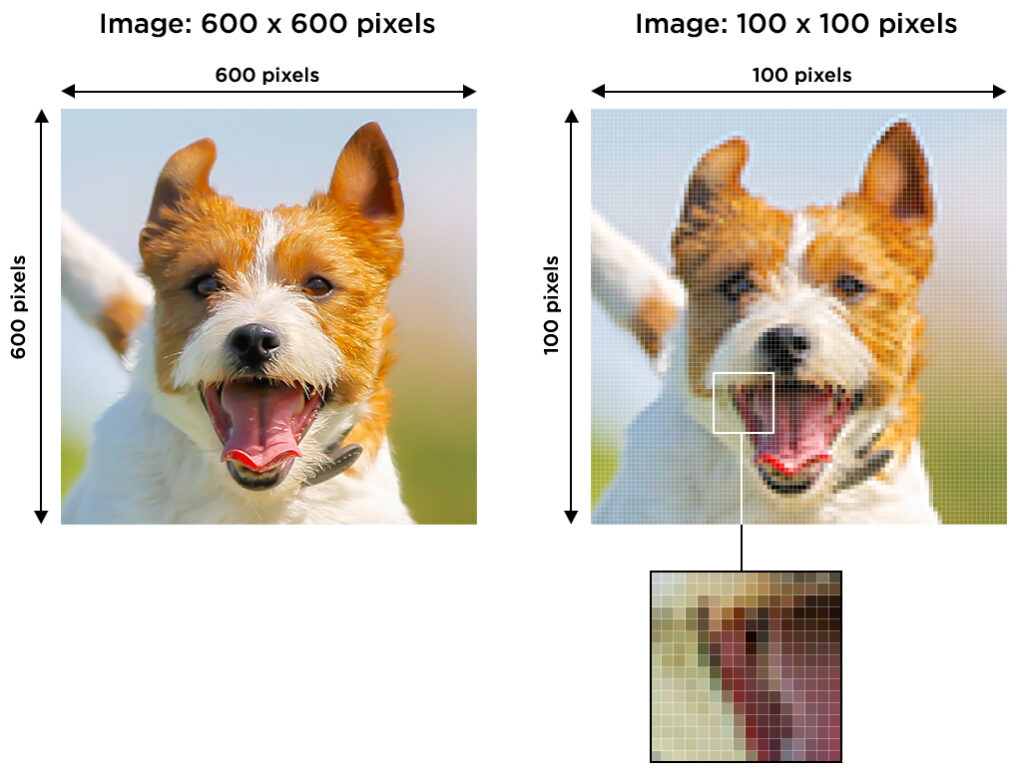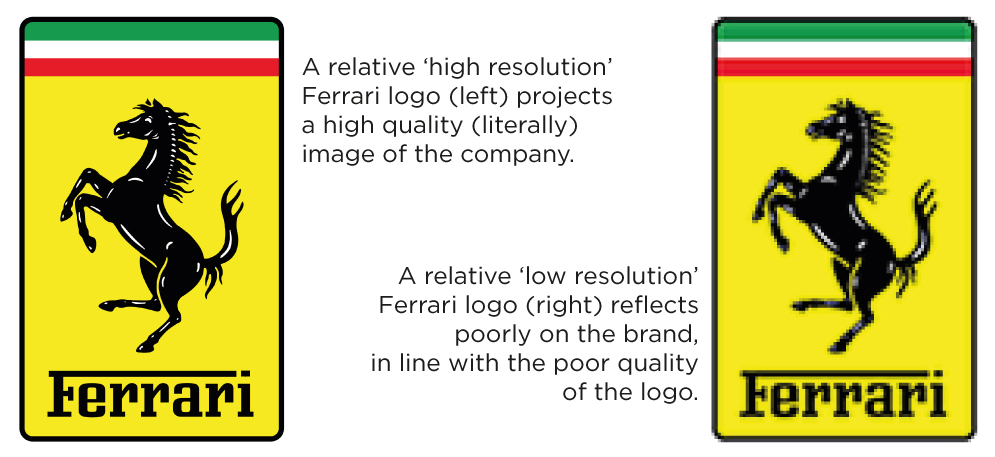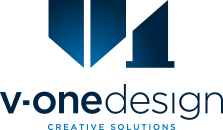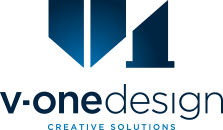The phrases ‘high resolution’ and ‘low resolution’ are as relevant as ‘big’ and ‘small’, because they are relative to something else. A mouse is big relative to to a fly, but small, relative to an elephant, for example.
And so, the same is true of high- and low-resolution images.
Resolution refers to the number of dots (or pixels) in a given area (usually inches) which is specified as Dots Per Inch (DPI) or Pixels Per Inch (or PPI) which are, for the purposes of this explanation, the same thing.
In the realm of visual content, the resolution of images plays a pivotal role in determining the quality of the final output both literally and in terms of the quality of the projected image of the brand. Understanding the nuances between high-resolution (hi-res) and low-resolution (low-res) images is crucial for achieving optimal results in various mediums.
By way of an example, let’s assume an image measuring 600 x 600 pixels is to be printed in a brochure. Most professionally-printed brochures require images to be at 300 PPI (i.e. to contain 300 pixels in every inch: measured from left to right and top to bottom).
Therefore, this image could be printed (at high resolution) at 2 x 2 inches in physical size (2 inches x 300 pixels = 600 pixels).
If that same image was required to print at 4 inches square, then the image would need to be enlarged (and the pixels would enlarge too) meaning there would actually be 100 pixels in every inch (not 300) making this a lower resolution image.

As another example, if an image was required to print – in high resolution – on the front cover of an A4 brochure or magazine (measuring approx. 8 x 12 inches), then it would need to be 2400 x 3600 pixels in size (2400 divided by 300 (PPI) = 8 (inches) and 3600 divided by 300 (PPI) = 12 (inches)).
High-resolution images are characterized by a greater number of pixels per inch (PPI), resulting in sharper and more detailed visuals. When it comes to print, such images are essential for producing crisp and clear materials. For example, a high-resolution photograph of a breathtaking landscape will retain intricate details when printed in a magazine or displayed as a large-format poster. The richness of colors and the sharpness of fine elements contribute to a visually immersive experience.
In the digital domain, high-resolution images ensure a superior viewing experience on high-definition screens. Websites, social media platforms, and digital publications benefit from the clarity and vibrancy of hi-res visuals. A product image on an e-commerce site, for instance, will appear more enticing and true-to-life, enhancing the overall user experience.
Conversely, low-resolution images (or ‘lower’ resolution images) have fewer pixels per inch, resulting in a loss of detail and clarity. While suitable for quick online sharing and reducing file sizes, they fall short when it comes to high-quality print or large digital displays. A low-resolution image, when printed in a magazine, may appear pixelated and lack the necessary sharpness.
On screens, such as mobile devices or computer monitors, low-resolution images may display with visible artifacts or distortion. This compromise in quality can diminish the impact of visual content and potentially detract from the intended message. For example, a company logo in a presentation may lose its professionalism if presented in a low-resolution format.

In conclusion, the choice between high-resolution and low-resolution images depends on the intended use and medium. High-resolution is the go-to for print materials, ensuring a premium quality result, while low-resolution is suitable for quick online sharing but falls short when visual fidelity is crucial. Striking the right balance ensures that your visuals captivate audiences whether in print or on screens, elevating the overall impact of your visual communication.
Our clients have a very simple way to determine if an image is ‘high-res’ or ‘low-res’: they simply ask us! If it’s the wrong resolution, we’ll advise them what we need – in a non-jargon format – to ensure we can show off the image to its full potential.

